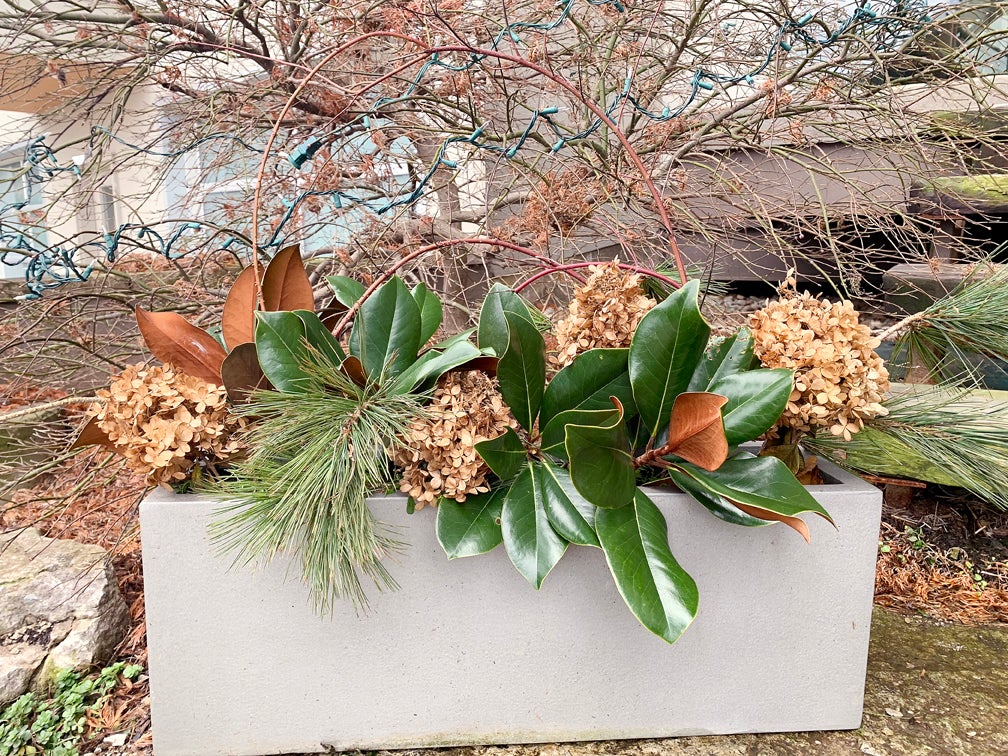Let’s face it: most of us don’t have the time or space to plant a big garden. We still, however, might like to plant something to have a few fresh vegetables in the summer. And, there’s nothing like getting one’s hands in the dirt and watching plants grow.
The answer to the shortage-of-space dilemma is small space or container gardening. They are similar — but not the same.
Even the apartment dweller in the middle of town with only a small deck or porch, or those with tiny yards, can utilize containers or raised beds to raise a surprising quantity of fresh vegetables.
Wayne Parrish, an excellent gardener who doesn’t do it on a small scale by any means, never puts a spade in the ground all summer yet he raises enough veggies to meet his family’s needs all year long – fresh, canned and frozen. All his plants grow in raised beds or containers.
“A container,” Parrish says, “can be anything – an old bucket, a tub, half a whiskey barrel — anything. If it’s not a traditional in-the-ground garden, then it’s in a container of some sort — even if the container is a raised bed.”
Parrish says he watches what people have put out by the curb and has found a lot of “containers.” He’s also used the ends of corrugated plastic pipe from construction projects for containers. Old tires, which are plentiful, can be used as containers.
Planting medium
The secret to success with containers or small space gardens is the planting medium, which is not “local soil,” or the ground that’s traditionally plowed for in-ground gardens. Planting mixture can be purchased at garden centers and, for those with only a few containers, that’s probably easiest.
For larger spaces, there are formulas to mix your own.
Parrish uses well-rotted cow manure in the beds behind his east Frankfort home. If you scout around a little, you can find some. Just be sure it’s aged a year or more and is not “hot,” as gardeners say. Fresh manure can burn up plants unless you keep it cool with frequent watering.
Just six to eight inches of planting medium are needed for plants to thrive. It’s a misconception to think more is needed since annual garden vegetables simply don’t grow that deep.
The local soil can be amended, but for a true container or small space garden, ideally a growing medium is used.
Excellent information
There’s great information available online, at the bookstore and from the Extension Office on container and small space gardening. One of my favorite books that’s well worth the purchase price is Mel Bartholomew’s “2nd Edition All New Square Foot Gardening,” published by Cool Springs Press, Minneapolis, MN., www.coolspringspress.com.
Bartholomew uses one square foot grid across the top of his raised beds and in those grids, he’s able to produce an incredible number of veggies without the strain of having to “work the soil” in a conventional garden.
He provides how-to instructions and diagrams for building a small space, square foot garden; lots of other information, too. And since only 6-8 inches of planting medium is needed, the boards used to construct the beds don’t need to be any bigger than 1 by 6 or 8 inches or 2 by 6 or 8 inches.
Parrish says he doesn’t use treated lumber for his built-up beds since the chemicals used to prevent rot can leach into the planting medium — and then into the plants.
He looks for untreated used lumber, too, checking out building sites for discarded plants. Just be sure to ask before hauling it off! The lumber doesn’t have to be sparkly and new to create a planting bed.
If you want to try a small space square foot garden, I would suggest picking up a copy of Bartholomew’s book or consulting one of the other sources suggested above. For container gardening, all that’s required is a container, the proper growing medium and you’re ready to go.
As always, your yield can be maximized by following accepted good gardening practices and planting according to the phases of the moon and signs of the zodiac. I’ll supply you that information each week in The State Journal or on my Facebook page, plantingbythesigs.net, that’s just about gardening.
Gardening season is closer than you think. How about it? Let’s try something new this summer and enjoy the results.









